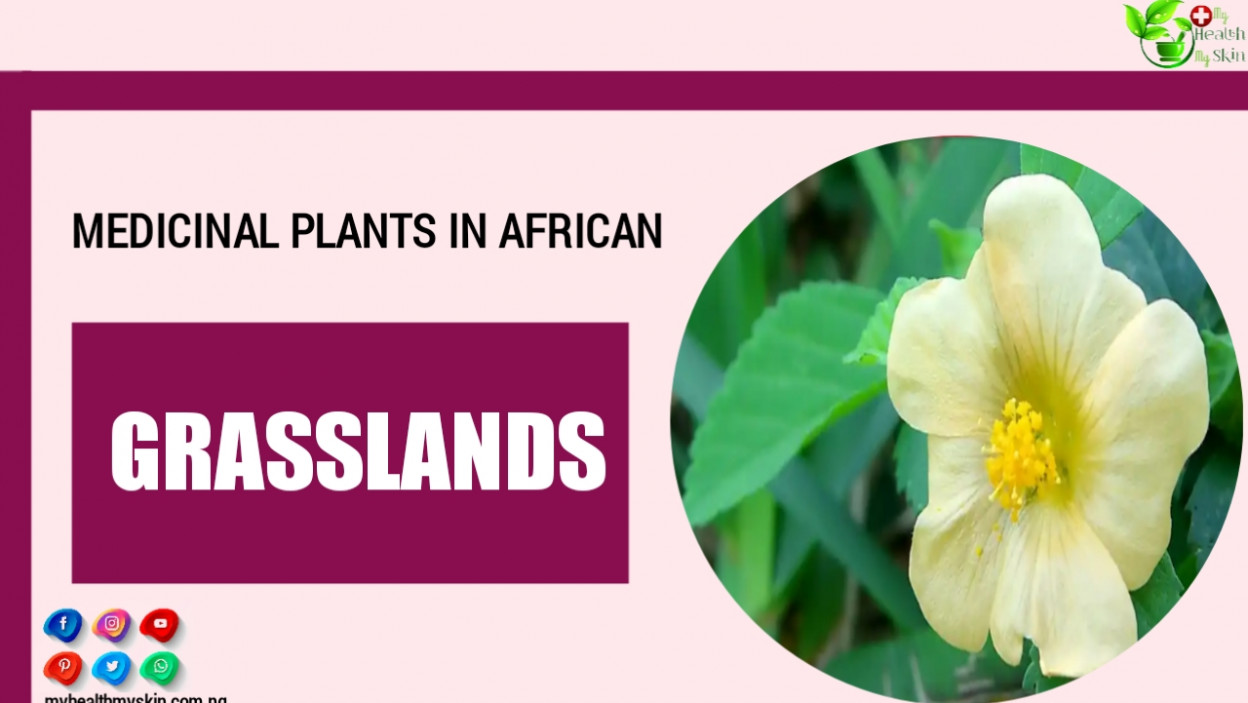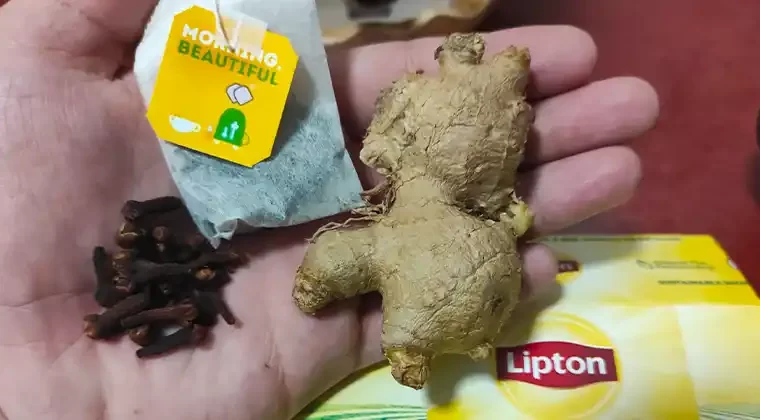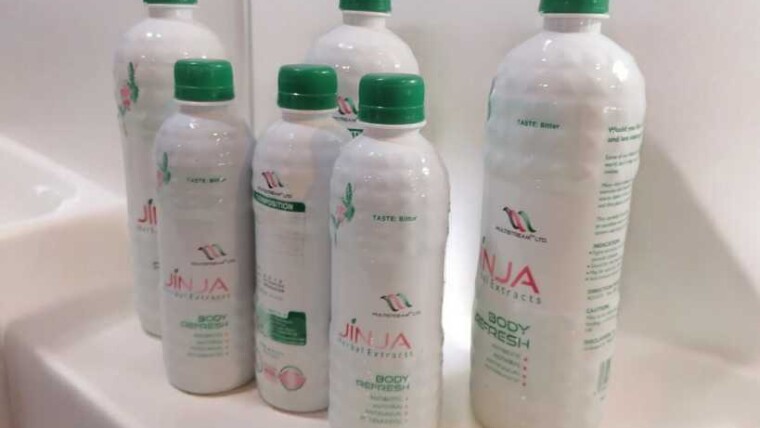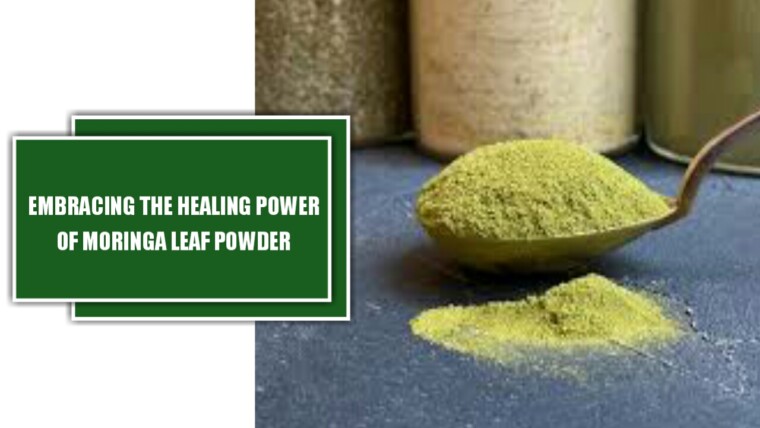Nature has been providing us with organic healing materials for thousands of years. Today, research is being conducted into how much they can help with various diseases, with increasingly positive results.
The use of medicinal plants as a fundamental part of the traditional health system is perhaps the oldest and most diverse of all therapy systems.
In many parts of rural Africa, traditional healers prescribing medicinal plants are the most accessible and affordable health resource available to the local community and sometimes the only therapy that exists.
However, there is still a paucity of updated detailed collection of promising medicinal plants in African continent.
The main focus of the present review is to give an updated summary of medicinal plants in african forest that are curing diseases – as well as long-term potential to be developed as future phytopharmaceuticals to treat and / or manage panoply of infectious and chronic diseases.
[lwptoc]
Medicinal Plants In African Grasslands For Curing Diseases
Here are some species native to the African continent that have been shown to be effective in curing disease:
1. Aloe Ferox (Cape Aloe)
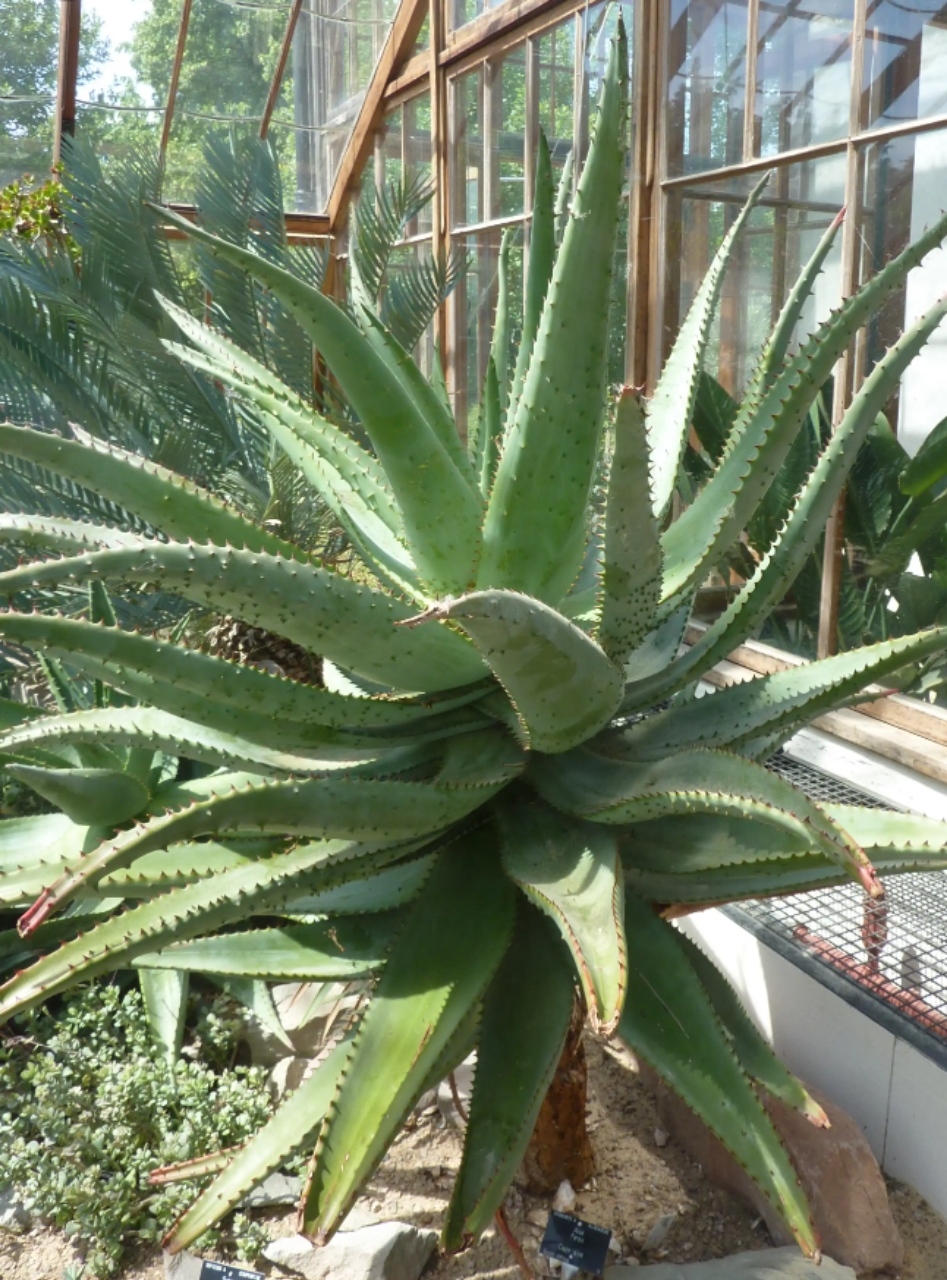
This branch of the aloe vera family is native to South Africa and has such a long and deep cultural use that the plant is depicted in San rock paintings.
This bitter plant is used as a laxative medicine and also has antimicrobial and anti-inflammatory properties, with Ferox gel containing 130 medicinal active ingredients.
Ingesting or applying the bitter juice can also help against arthritis, sinusitis, and conjunctivitis, and the juice from the cut leaves can treat burns, detoxify the damaged area, and enable new tissue to form and fill the wound.
2. Rooibos
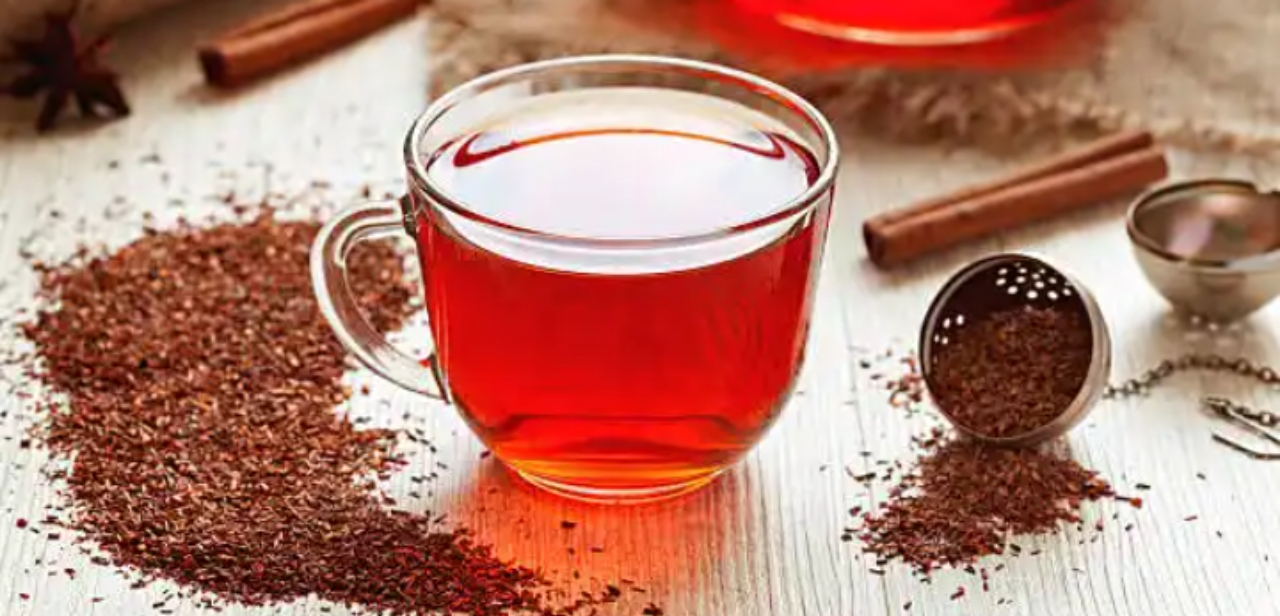
This leaf is native to South Africa, where it is used to make its unique and naturally caffeine-free tea, which is low in tannins and a natural antioxidant.
After a colicky baby was given a rooibos infusion, it was found to have an effect on the baby’s chronic restlessness, vomiting and stomach cramps, after which it became known as a medicinal drink.
Even today, rooibos is made as a weak drink or mixed with milk to relieve babies’ discomfort.
It is also used to relieve the symptoms of type 2 diabetes, increase glucose uptake into muscles and insulin secretion, lower blood pressure, and help with nervous tension, allergies, and digestive problems.
3. Bitter Melon
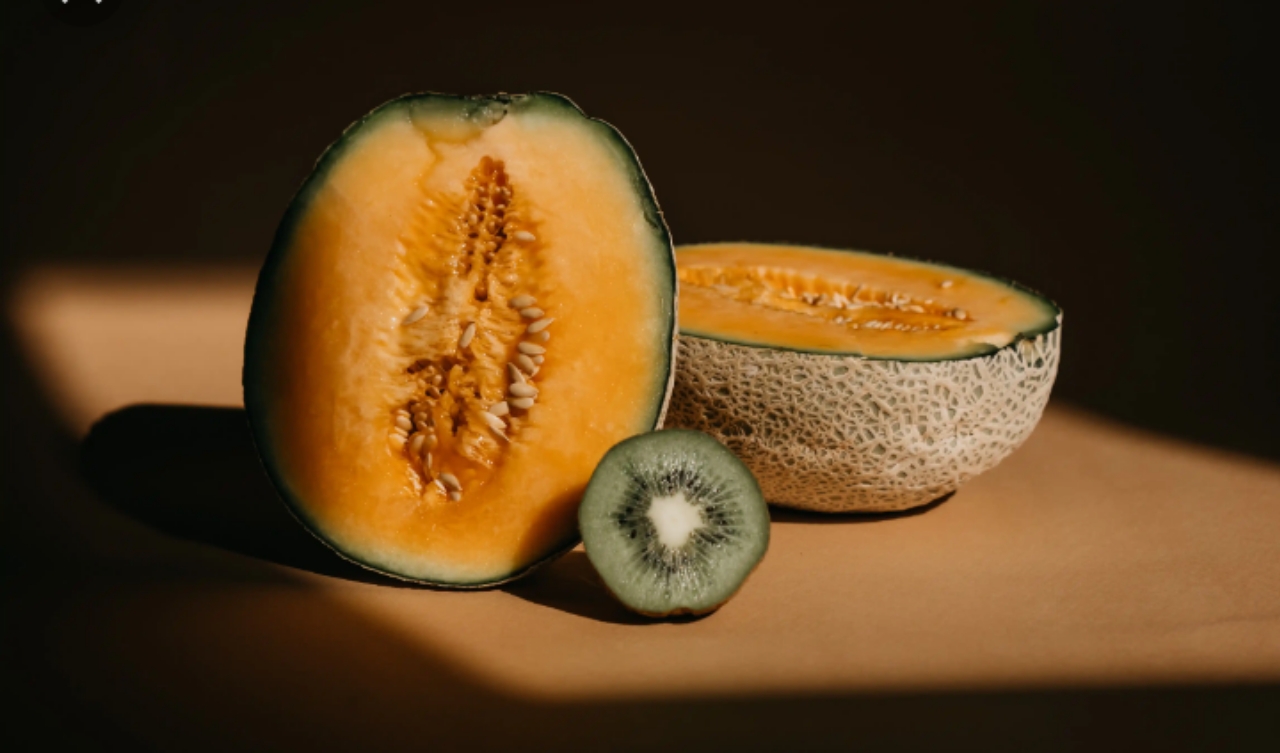
Bitter melon also known as bitter gourd, is a plant cultivated throughout Africa. Its leaves can be boiled and made into a tea called cerasse and the other parts which includes the pulp, seeds, leaves and plants, can also be used to extract a juice known in folklore as a relief to diabetes and as a hypoglycaemic agent.
4. Hypoxis (African Potato/African Star Grass)
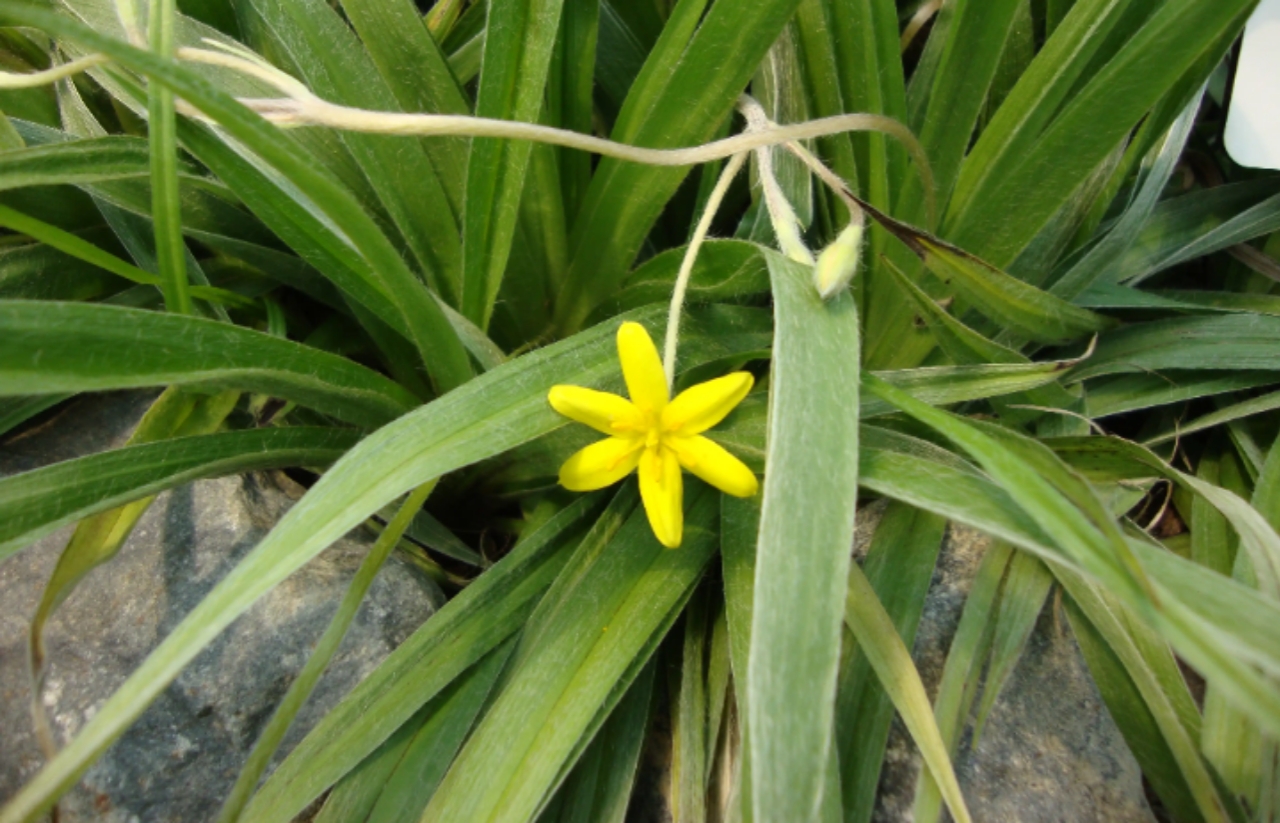
Hypoxis is an African star grass known for its immune-boosting properties, the corn of the plant is dried and grounded into powder, sold in capsule and cream forms.
Native to the Eastern Cape areas: KwaZulu Natal, Gauteng and Limpopo, it is said to be effective in the fight against tuberculosis, cancer, HIV and other chronic diseases currently being researched.
5. Acacia Senegal (gum arabic)
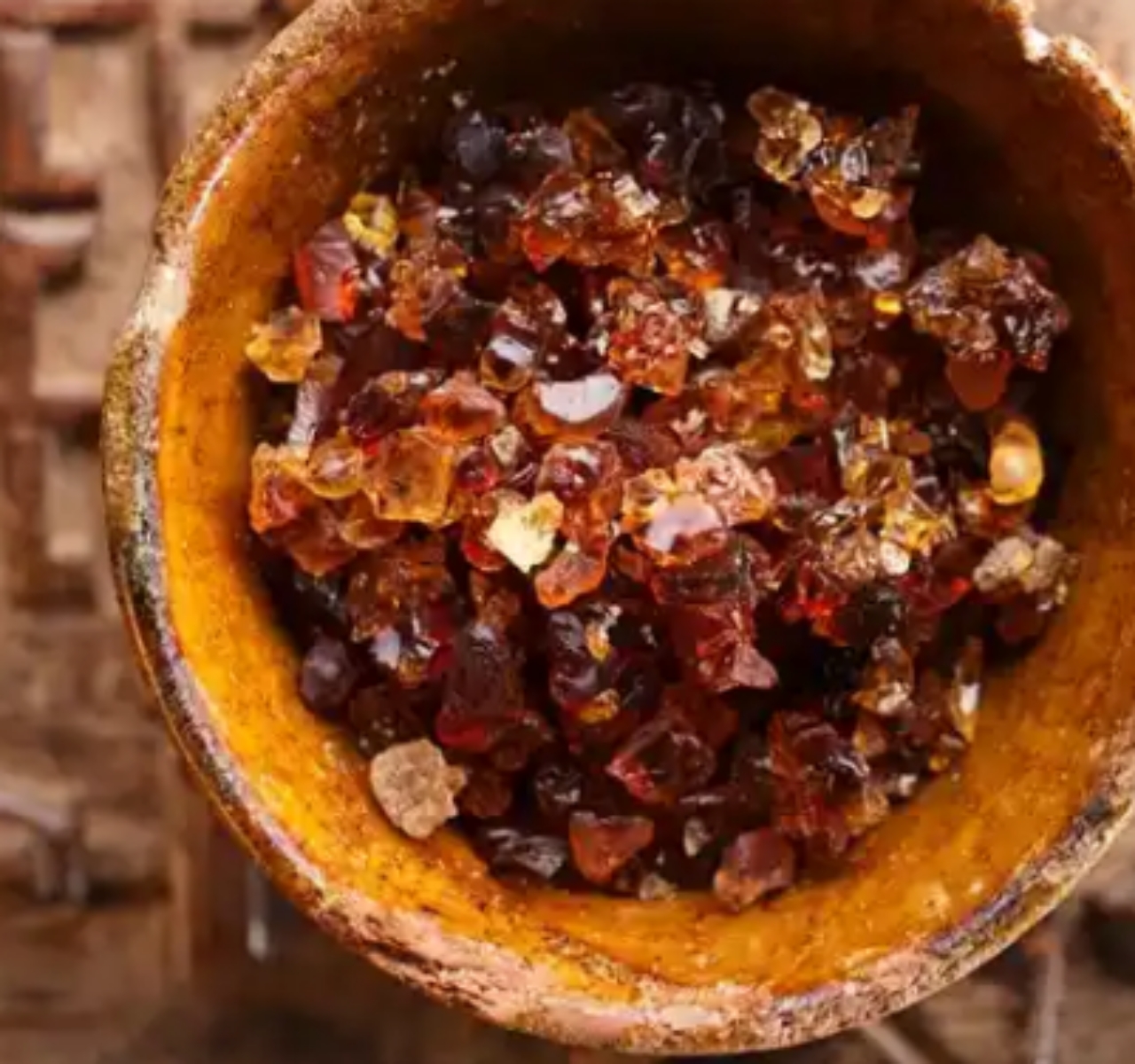
A centuries-old medicinal remedy, gum arabica, extracted from an exudate of the bark, has been used to treat several infections and ailments, such as bronchitis, bleeding, diarrhea, and respiratory infections, etc.
As a natural emulsifier, it is also used to bind various pills, candy, and added to soft drinks as it has the consistency of glue but is safe to consume.
It is also used to treat skin conditions such as bacterial and fungal infections, burns and even leprosy.
6. Wormwood
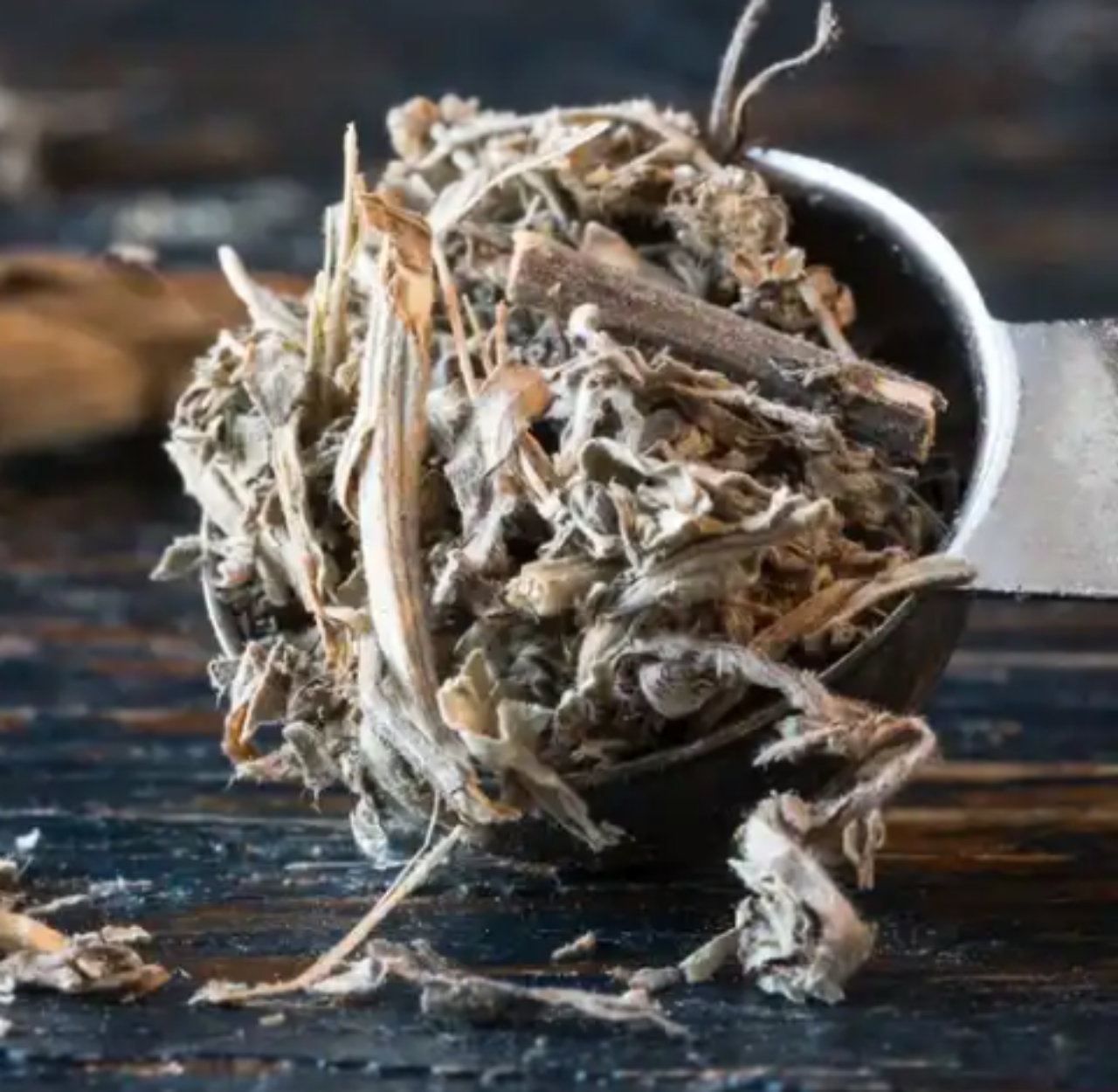
The Wormwood is a greyish dwarf aromatic shrub, native to North Africa and has been used in the region for thousands of years.
In Tunisia, it is used to treat high blood pressure, diabetes, bronchitis, and neuralgias, while herbal teas extracted from the bark are used as antibacterial agents.
In Moroccan folk tales it is used to prevent high blood pressure, while the desert nomadic Bedouin tribe used as a remedy for stomach disorders.
In addition, it was also an essential supplement to the fodder of sheep and cattle in the Algerian plateau, where it grows in abundance.
7. Madagascar Periwinkle
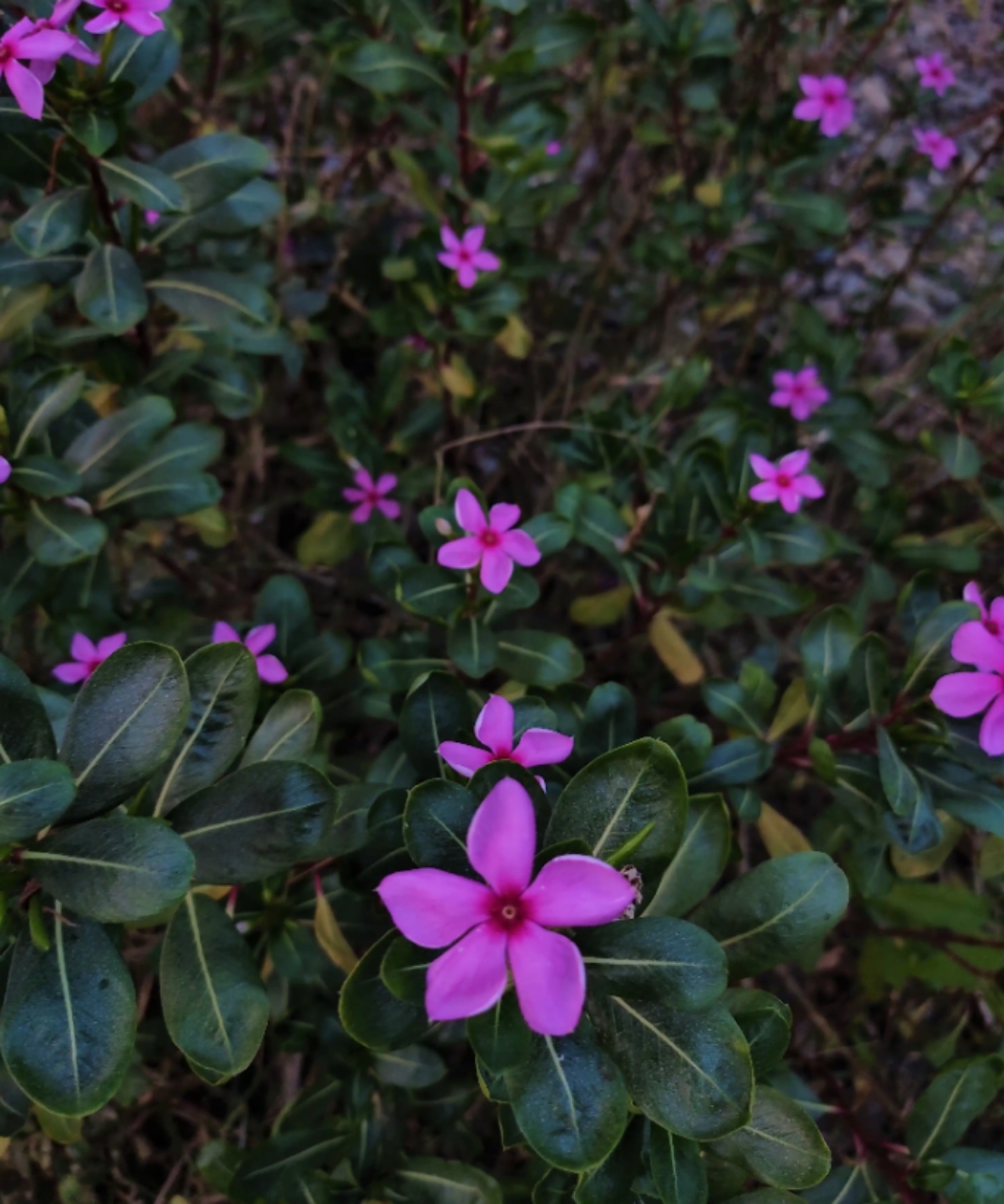
A popular plant known for its anti-cancer alkaloids and also for the fact that it cannot be synthesized in a lab, inhibiting its large-scale production, making the leaves of this plant the only source.
Traditionally used by healers as a bitter tonic and emetic for rheumatism, skin diseases and venereal diseases, it also has a significant impact on glucose and blood sugar levels.
8. Devil’s Claw
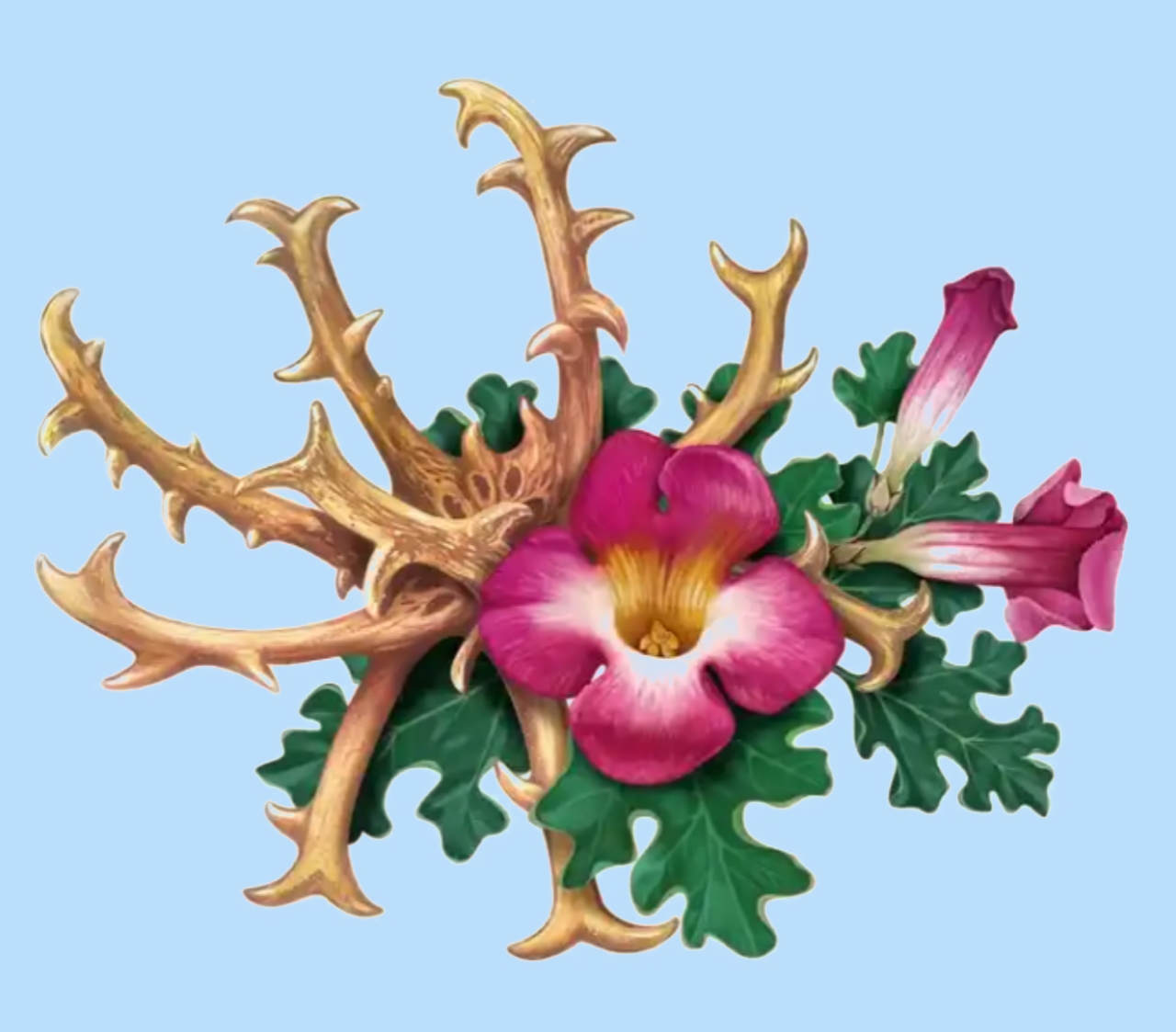
This plant, native to the red sand regions of the Transvaal: South Africa, Botswana and Namibia, spread to the Kalahari regions due to its adaptation to dry desert areas.
Used by the San and Koi for centuries, devil’s claw can be used to relieve allergies, diabetes, blood disorders, as a topical ointment for heartburn, boils, skin injuries, ulcers and gastrointestinal disorders.
In addition, it is mainly used for headaches, joint and back pain.
9. Umckalaobo (South African geranium)
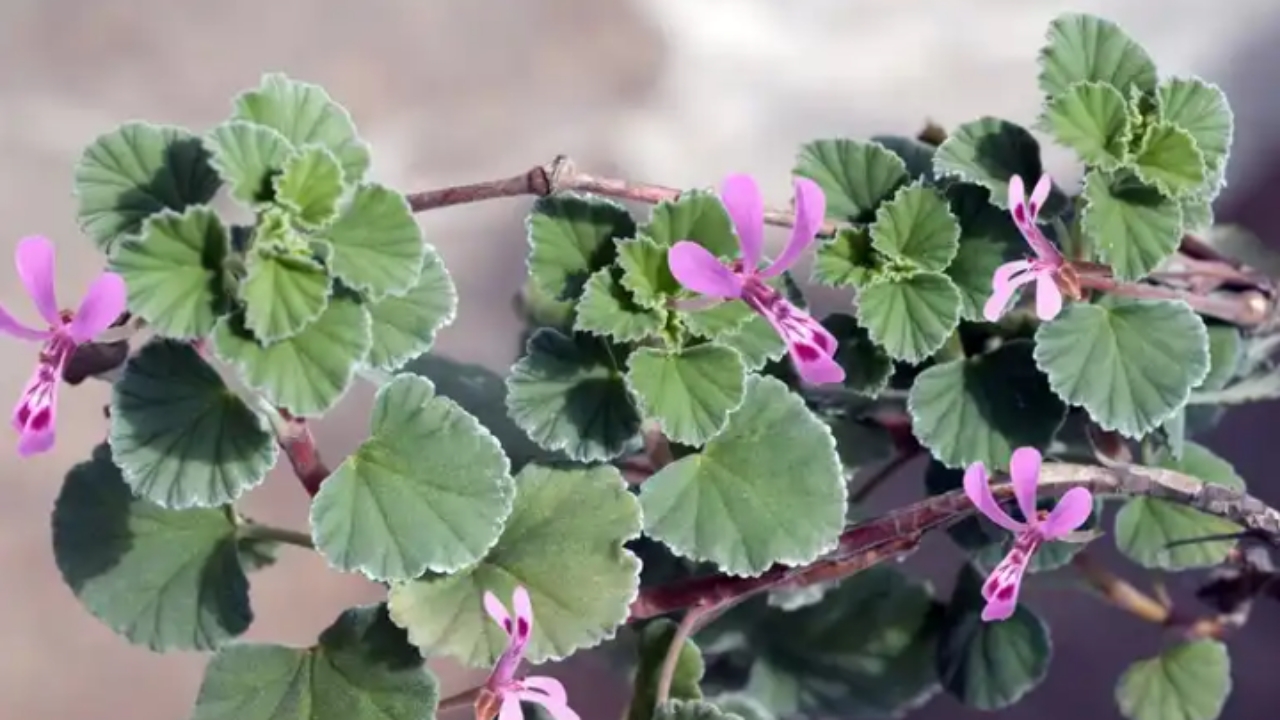
This plant is an aid in the treatment of respiratory infections, bronchitis and colds and is native to the coastal areas of South Africa. The roots of this plant are said to have an anti-tubercular effect and facilitate the body’s natural immune system.
You May Also Like:
- Tangerines Health Benefits: 18 Reasons to eat Tangerines Every dayday
- Secret Revealed! Bitter leaf : 10 Mind Blowing Benefits
- Treat Peptic Ulcer, Diabetes, Cysts and 7 Other Health Problems With Saim Weed
- Garden Eggs: 8 Potential Health Benefits and Side Effects
- Benefits of lemon seed for Health and Skin
10. Honeybush
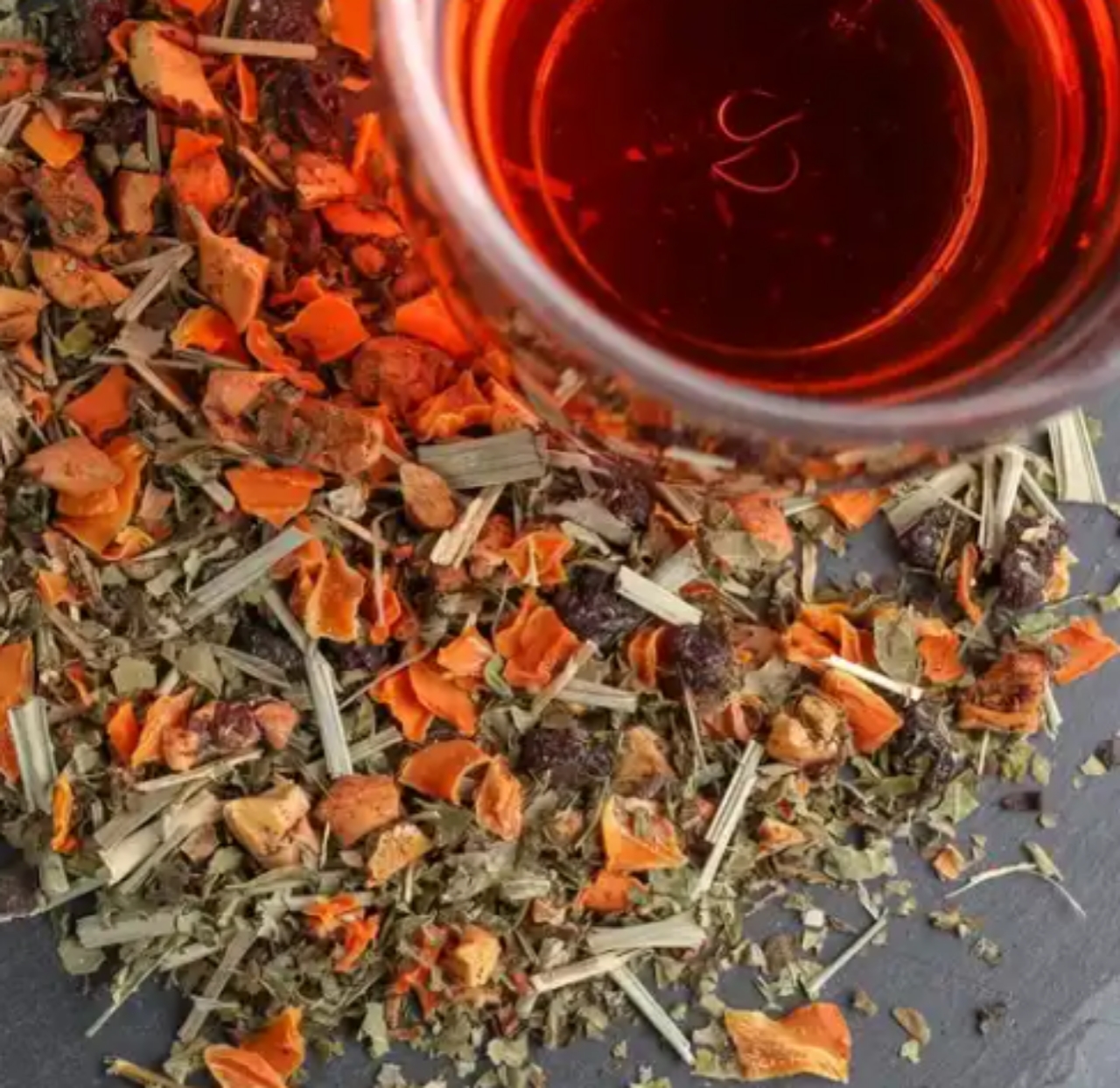
This native South African leaf is a traditional health drink. Also its shoots and flowers are fermented and dried to make tea.
It provides several benefits for the stomach and urinary tract without adversely affecting the heart.
Naturally caffeine-free, it has evolved from wild to commercial products over the last 100 years as it is used as an expectorant for catarrh and pulmonary tuberculosis.
The modern tea is prepared as an infusion and is sometimes combined with rooibos and dried fruits and leaves to make honeybush tea.
11. Centella Asiatica (Pennywort)
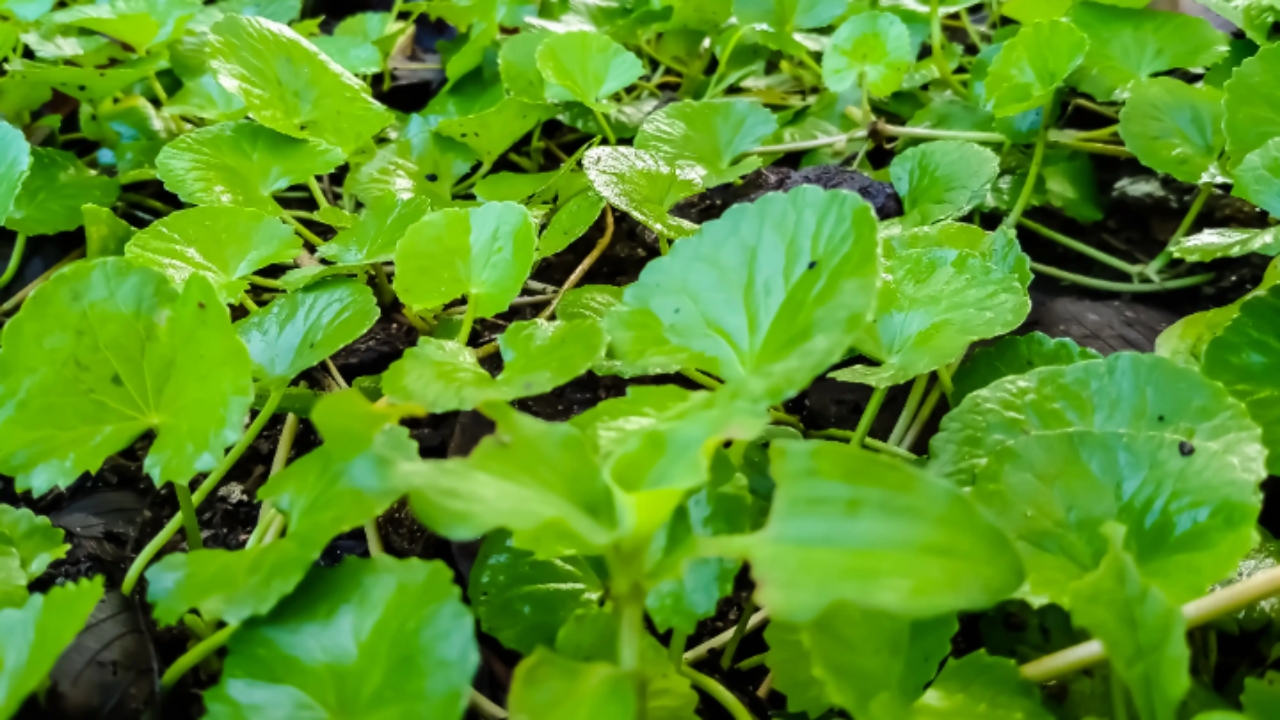
This plant has been used in many parts of the world since prehistoric times, including African folk medicine.
It can be eaten as a vegetable or used as a spice to treat a variety of ailments such as asthma, rheumatism, skin and eye diseases, and has an impact on cognitive functions including memory and diseases such as epilepsy. Its use to treat leprosy was documented as early as 1887.
12. Bitter Leaf
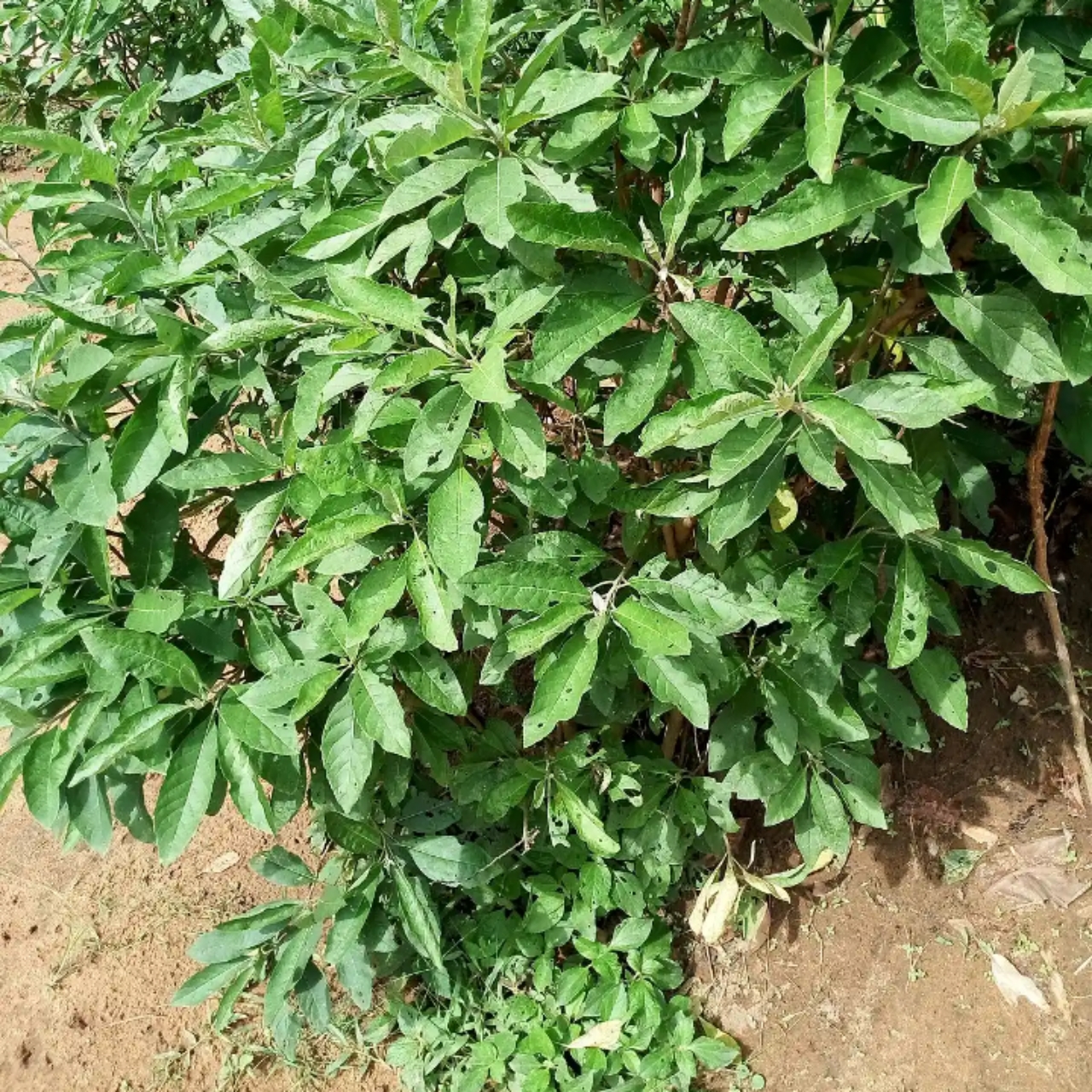
Bitter leaf was held in high regard by many
African communities as a gold mine. It is
was used primarily as an agent in treating malaria, diarrhea, schistsomiasis (parasitic worms), and stomach upset.
The herb is effective in the treatment of typhoid, general physical malaise, fever, and amoebic dysentery.
It is also used in the treatment of skin problems such as acne, pimples, ringworm, rashes and eczema. It has been grown for over 2000 years now.
Bitter leaf is an indigenous African plant;
which is cultivated in most parts of African tropics and other parts of Africa especially, sub- Saharan africa (Nigeria, Ghana, South Africa, Cameroon, Zimbabawe, Zambia, Senegal, Liberia etc). It contains various medicinal values and nutritional benefits to human health and lifestyle.
This vegetable is known as onugbu
in Igbo language, ewuro in Yoruba language,
chusar-doki or shuwaka in Hausa language
and etidot in cross river and akwaibom state, ndoleh (Cameroon) and olubirizi (Lusoga), mululuza (Luganda), labwori (Acholi), olusia Luo) respectively.
13. Siam Weed
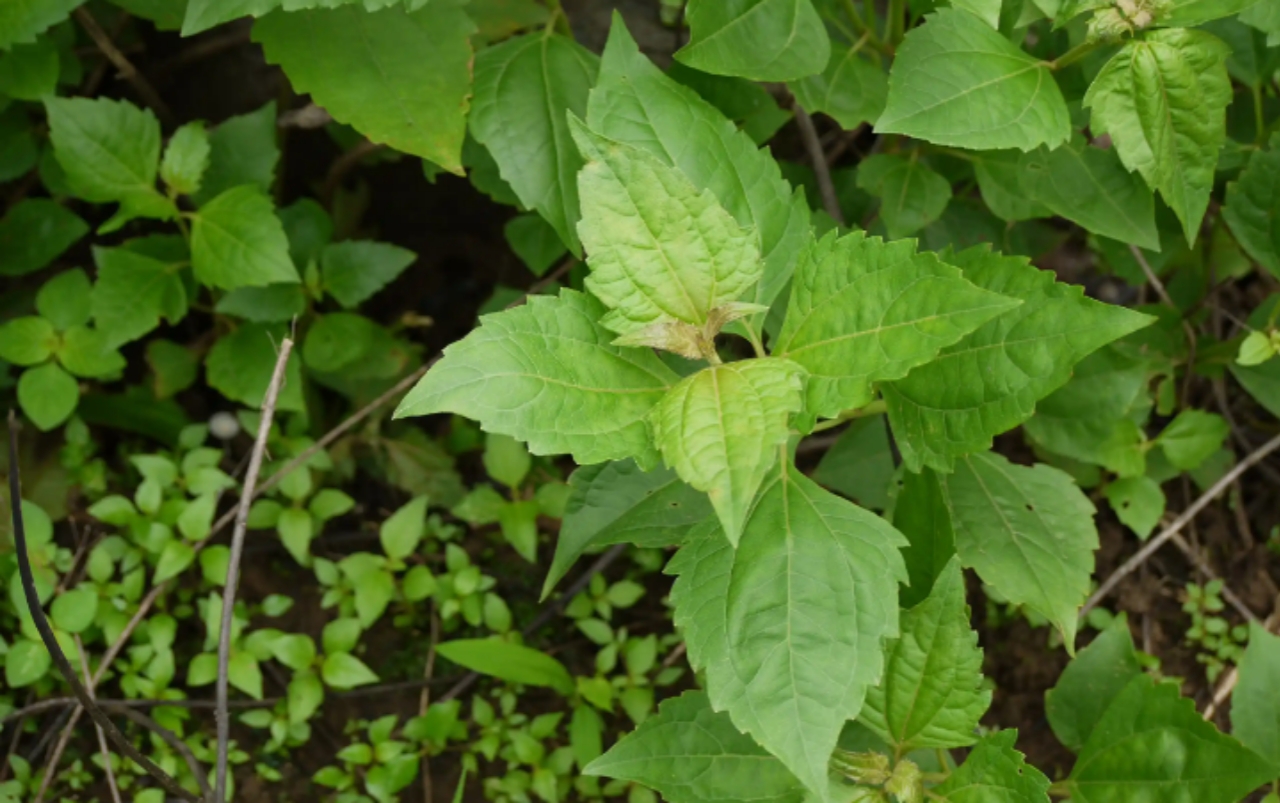
Siam Weed (Chromolaena odorata) widely
known as Awolowo, and Independence leave is an African flowering plant with health benefits which is generally unknown to mankind as a result of lack of knowledge about this miraculous medicinal plant and they belong to the family of sunflower.
This plant was discovered in Nigeria shortly
after our Independence(1960) from the
colonial reign.
Some persons said maybe it was one of God’s way to heal and relieve the pains of Nigeria as a Nation, but I believe it was an awesome coincidence.
The Siam Weed is an effective clotting agent as well as a wound healer. This African plant is very invasive with an incredible healing powers and can sometimes be categorized as a weed because of the rate at which it grows.
This African healing plant can help when your ulcer is relapsing, it is also thought to be able to cure your ulcer if consumed often.
For those that wish to reduce the
cholesterol level in their body system. Drink
the brewed water of awolowo leave when
your cholesterol level is increasing or after
eating seafood.
The siam leave can also be used as the
Alternative medicine for uric acid.
Vertigo is one of the conditions that cannot be ignored. Not only can this dangerous
disease send you to the clinic, but it can also cause death. You can cure the disease by consuming the Awolowo brewed water when your Vertigo is relapsing.
14. Stubborn Grass
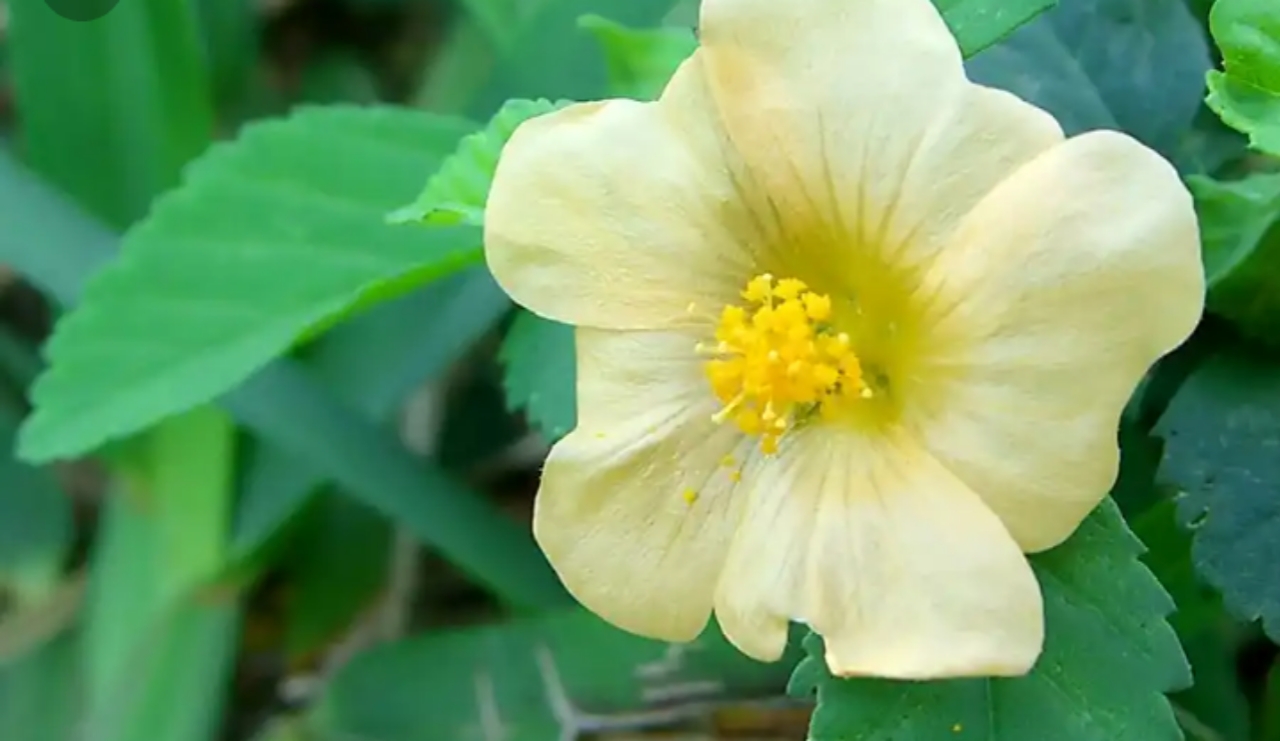
The stubborn grass, also known as Sida acuta is often used as a folk remedy to promote sleep, treat urinary tract infections.
Stubborn grass, the common wireweed, is a
species of flowering plant in the mallow
family, Malvaceae.
This plant is said to have originated in Central America Mexico, and Australia. But today it has a pan-tropical distribution and is considered a weed in some regions.
Several studies have proven how stubborn
grass can help relieve severe waist pain
Lower, abdominal pain in the cause of
menses, Ankle pain and also in treating
Premature ejaculation, Irregular menses,
Watery sperm and Hormonal imbalance.
There are several other ways this plant can be utilized. The best way of consuming stubborn grass is in the form of tea.
16. Utazi Leaf
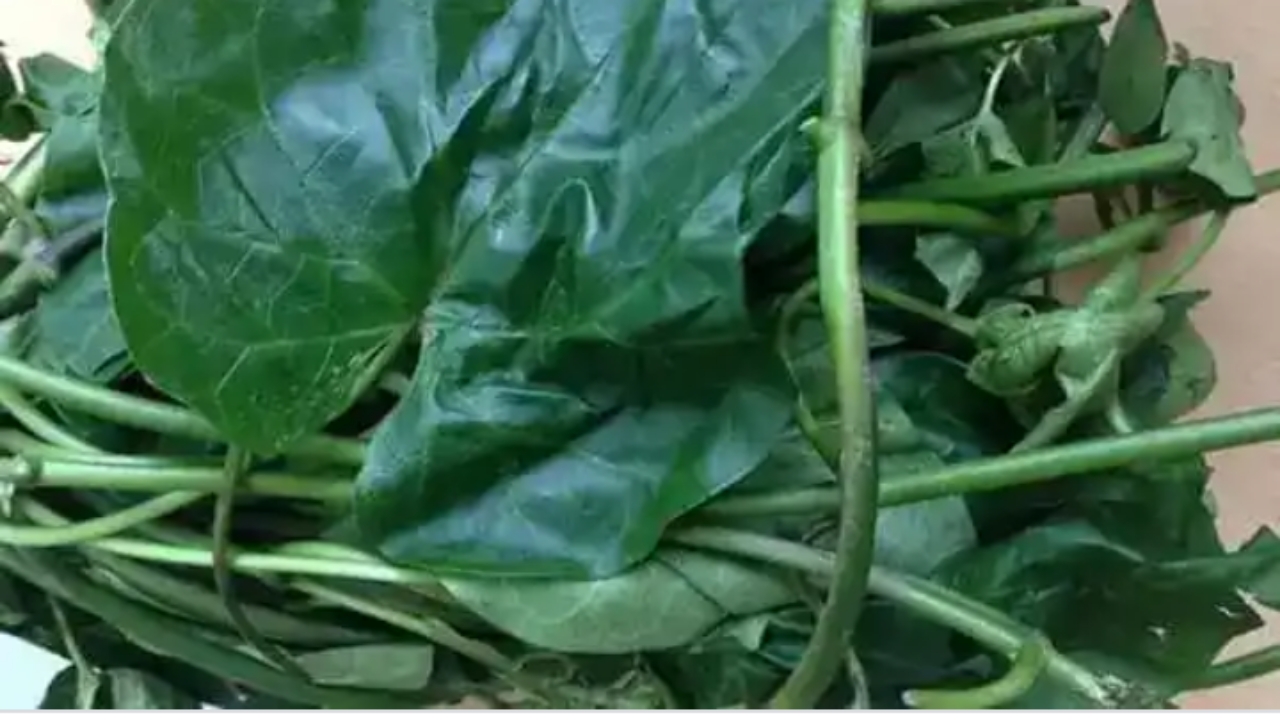
Utazi leaf (Gongronema latifolium Benth), is
a culinary, medicinal, rainforest herb. The
leaves are native to West African region (
Nigeria, Ghana, Sierra Leone, Senegal east to Chad, south to DR Congo), and are found to possess anti-cancer, anti-bacterial, Anti-
asthmatic, detoxification, and anti-
inflammatory properties.
Some study shows that Utazi leaves may help maintain a healthy body, boost fertility, help stop the activities of some harmful micro organisms, and reduce the risk of cancer.
Most of Utazi leaves can be found in the Eastern part of Nigeria. These aromatic leaves are rich in nutrients. They are primarily used for culinary purposes.
These leaves have different names in every
country in Africa. In Eastern Nigeria (Igbo/lbo), Gongronema latifolium Benth
(Utazi leaf) is called “Utazi”.
In Western Nigeria Yoruba, it is called “arókéké (IFE)” while the Efik and lbibio tribes call it “Etinkene”.
It is known as SERER gasub (JLT) in Senegal. In Ghana Utazi leaf is called AKAN-ASANTE aborode-aborode (FRI) akam? (FRI) kurutu (FRI) nsurogya = meaning “does not fear fire”, a popular name (FRI).
The boiled fruits in Ghana are added into soup as a laxative. In Sierra Leone Utazi leaf is called KlSSI n-dondo-polole (FCD) KRIO rope quiah (L-P) MENDE buli-yeyako, nyiya yeyako (def.-i) the leaves, from ngeyako: a creeper (FWHM; FCD) tawa-bembe(-i) the leaves, from bembe: to surround, as of a creeper (FWHM; FCD) yonigbagboi the leaves, from gbole: drink (auctt.) TEMNE ra-bilong (FCD).
If you want to read more articles similar to 16 Medicinal Plants In African Grasslands For Curing Diseases, we recommend you visit our Alternative Medicine category.
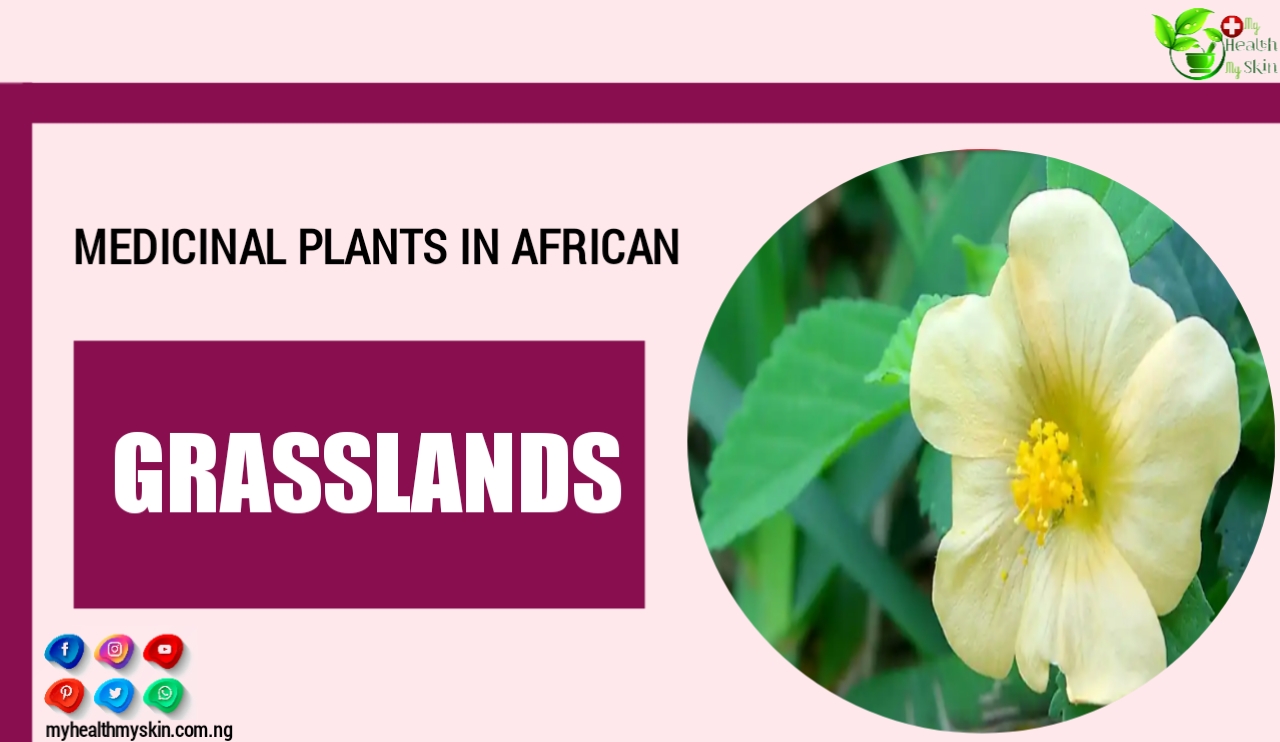
Have You Consumed Which Of These African Plants For Curing Diseases? Tell Us How It Helped You? Comment Below!

